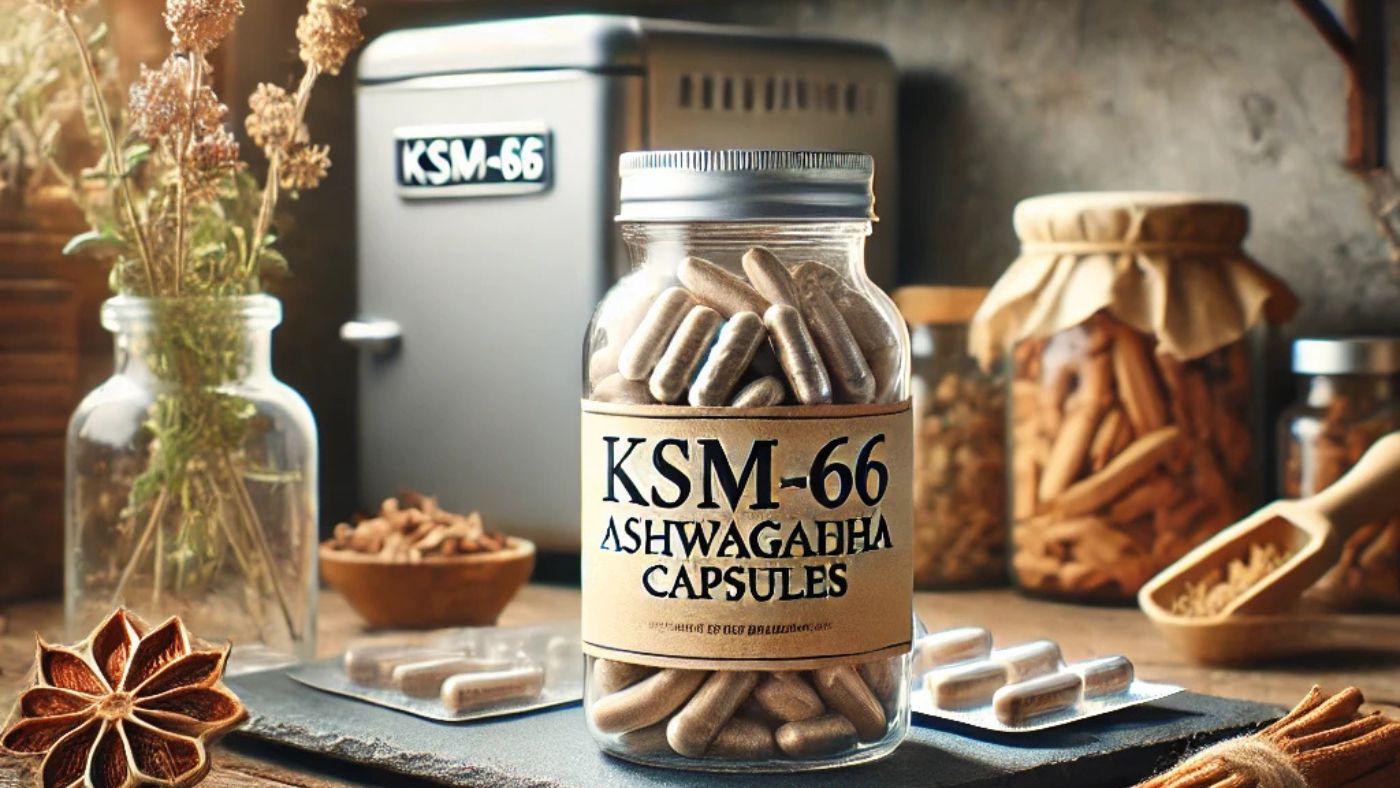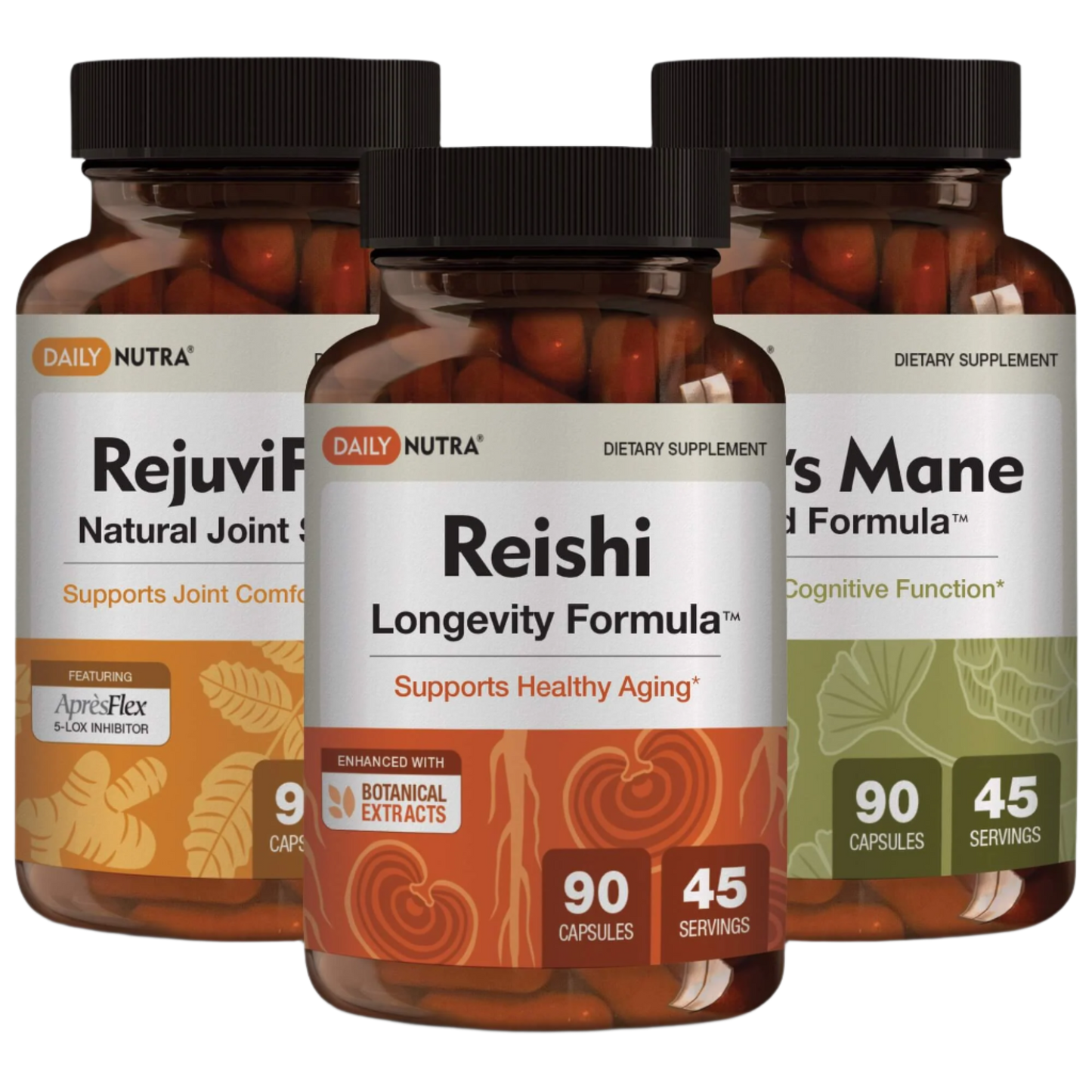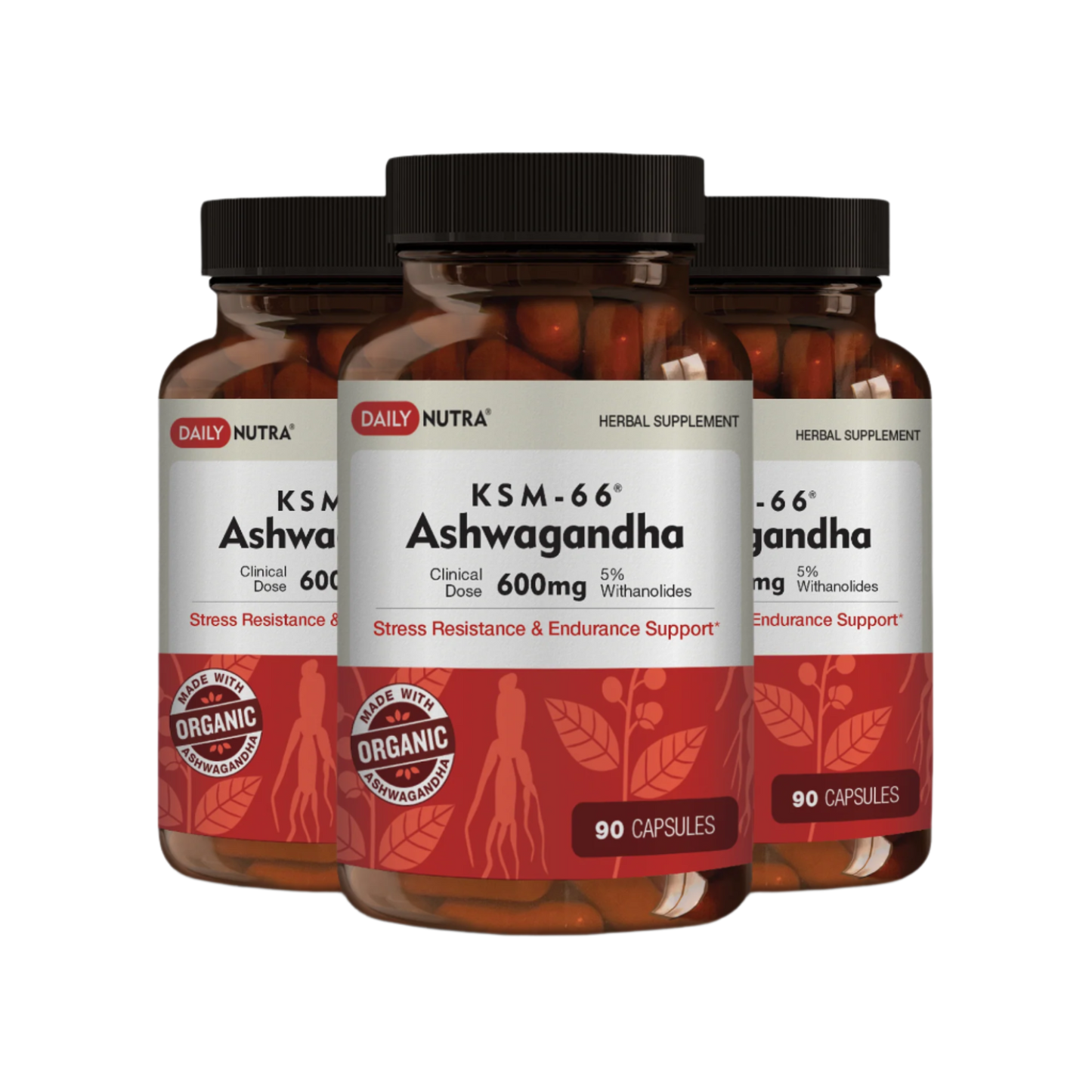
The most potent and clinically studied extracts are KSM-66 Ashwagandha.
It is a widely known stress reliever, cognitive support, and well-being.
Like any supplement, it has a shelf life; however, improper storage reduces potency.
And many wonder if KSM-66 Ashwagandha expires and how to store it correctly to make it effective.
Following the right storage methods guarantees your supplement is fresh and potent for as long as possible.
Does KSM-66 Ashwagandha expire?
KSM-66 Ashwagandha does have an expiration date, as do all the supplements. The form of capsules, powder, or liquid extract determines the shelf life.
Most manufacturers usually give the expiration date on the packaging, usually two to three years after production.
Expired ashwagandha is not dangerous, but it may not be as effective.
If you want to know if your ashwagandha has expired, look for changes in the smell, color, and texture.
It may be degraded if it has a strong or musty odor, discoloration, or clumps in powder form.
If your supplement seems different or less effective, replacing it with a new batch is best.
Best Practices for Storing KSM-66 Ashwagandha
KSM-66 Ashwagandha is kept effective by proper storage.
If kept in the right environment, degradation can be prevented and shelf life can be extended.
Keep It in a Cool, Dry Place
Preserving Ashwagandha’s potency is mainly dependent on temperature and humidity (1).
Keep your supplements cool, dry, and out of the sun and heat.
They should be kept in a pantry, cabinet, or drawer from the stove or sink.
Ashwagandha powder is prone to clumping and reduces effectiveness if exposed to excess moisture.
Add silica gel packets to absorb moisture if you live in a humid environment.
 Is KSM-66 Ashwagandha Best Stored in the Fridge?
Is KSM-66 Ashwagandha Best Stored in the Fridge?
Ashwagandha does not need to be used in some instances, in certain cases, it can be useful.
Keeping it in the fridge will prevent moisture buildup if you live in a hot or humid climate.
Still, storing ashwagandha in the fridge also has its risks.
The powder or capsules may absorb moisture from the condensation inside the container.
Store the supplement in an airtight container and put it in the fridge to prevent this.
Refrigeration may not be the best option if you take your ashwagandha daily, as the temperature fluctuates frequently.
Preventing Light & Air from Ashwagandha
KSM-66 Ashwagandha contains active compounds that can degrade over time due to light and air exposure. Keeping the supplement in its original, opaque container will minimize this risk.
Transfer it to a dark glass jar with a secure lid if the original packaging is not airtight.
Never leave the bottle open for long periods, as it will speed up oxidation (2).
Permanently seal the bag or container tightly after each use if powder is used.
Tips for Travel and Storage of Ashwagandha
KSM-66 Ashwagandha is best stored if you are traveling with it.
Keep capsules or powder in a small, airtight container to avoid moisture and air.
Store the container in a cool, dark place, such as a travel pouch or bag compartment, for best results.
Do not leave the supplement in direct sunlight, like on a car dashboard or near a window.
If you are going on an extended trip, consider picking up silica gel packets to absorb extra moisture.
 How Long Does KSM-66 Ashwagandha Last?
How Long Does KSM-66 Ashwagandha Last?
As you can see, the shelf life of KSM-66 Ashwagandha depends on the form.
Typically, it lasts for 2-3 years if stored properly.
Freshness: It is generally good for 1-2 years but exceedingly short, provoked by exposure to air or moisture.
Liquid extracts have a shorter shelf life of 6–12 months due to their liquid nature.
Heat, humidity, and air exposure can speed up the breakdown of active ingredients.
Thus, if your ashwagandha is stored incorrectly or has expired, it may lose its benefits.
Common Mistakes to Avoid When Storing Ashwagandha
So, even the best supplements cannot maintain potency unless appropriately stored (3).
Some of the mistakes people make when storing KSM-66 Ashwagandha are as follows:
Keep away from humid environments. Do not store ashwagandha in humid bathrooms or kitchens.
UV rays can degrade the active compounds in direct sunlight, so exposure to the sun may reduce effectiveness.
Loose lids or poorly sealed bags don’t hold in air and moisture, allowing them to hasten the expiration date.
Storing near heat sources—Keeping the supplement near stoves, radiators, or other heat sources can degrade it faster (4).
Final Thoughts
KSM-66 Ashwagandha is a highly potent adaptogen with significant health benefits when stored properly.
Like any supplement, it has an expiration date but can be stored properly to keep it potent longer.
Ashwagandha must be kept dry and protected from air, and humidity must be avoided to ensure its effectiveness.
The simple storage tips above can help ensure your KSM-66 Ashwagandha stays fresh and compelling for its intended shelf life.
💊Keep Ashwagandha fresh—store it right! ✅
FAQs
Should ashwagandha be stored in the fridge?
It does not require refrigeration, but storing it in an airtight container to avoid condensation might help keep moisture at bay in a hot or humid climate.
How should KSM-66 Ashwagandha be stored at what temperature?
The ideal storage temperature is between 60 and 77°F (15 and 25°C). Do not expose it to extreme heat or cold, affecting potency.
For how long does KSM-66 Ashwagandha stay on the shelf?
Most capsules last 2-3 years, powder for 1-2 years, and liquid extract for 6-12 months.
How do you know when the ashwagandha is spoiled?
A firm shows degradation or musty odor, changes in color, clumping, and reduced effectiveness. If you are not sure, it is best to replace it.
Is KSM-66 Ashwagandha safe to store in plastic bags?
Plastic bags are not ideal unless kept airtight and in a cool, dark place. To prevent oxidation, glass jars with secure lids are better.
It is essential to take proper care of it to get the most out of every dose of KSM-66 Ashwagandha.
Related Studies
1. Title: Novel Methods to Generate Active Ingredients-Enriched Ashwagandha Leaves and Extracts
This study reports that Ashwagandha leaves possess a higher content of active Withanolides, Withaferin-A (Wi-A) and Withanone (Wi-N), as compared to the roots, and that manipulating light conditions during hydroponic cultivation can affect the content of these compounds.
Link: https://journals.plos.org/plosone/article?id=10.1371%2Fjournal.pone.0166945
2. Title: Physicochemical Stability and Biological Activity of Withania somnifera Extract under Real-Time and Accelerated Storage Conditions
This study examined the physicochemical stability and biological activity of Withania somnifera (ashwagandha) dried root aqueous extract during six months of real-time and accelerated storage conditions.
Link: https://www.researchgate.net/publication/38025799_Physicochemical_Stability_and_Biological_Activity_of_Withania_somnifera_Extract_under_Real-Time_and_Accelerated_Storage_Conditions
3. Title: Studies on Ashwagandha Ghrita with reference to murcchana process and storage conditions
This study found that preparing Ashwagandha ghrita with murcchana herbs and storing it in a good-quality glass bottle improves its shelf life.
Link: https://pubmed.ncbi.nlm.nih.gov/32139244/
4. Title: Advancement in Post-Harvest Technology of Dioscorea, Stevia, Ashwagandha And Coleus
This paper recommends avoiding heat and direct sunlight to maintain the freshness of ashwagandha powder, suggesting storage at or below room temperature.
Link: https://www.researchgate.net/publication/341049774_Advancement_in_Post-Harvest_Technology_of_Dioscorea_Stevia_Ashwagandha_And_Coleus






